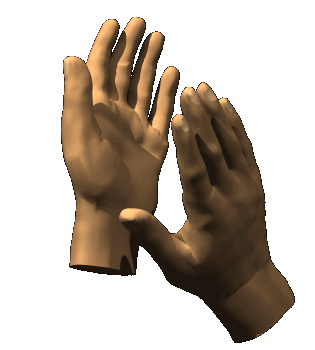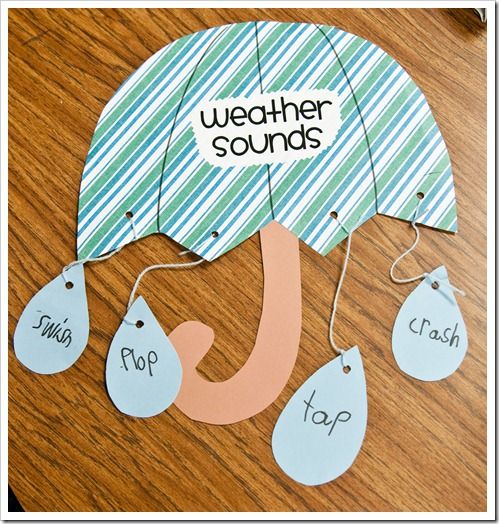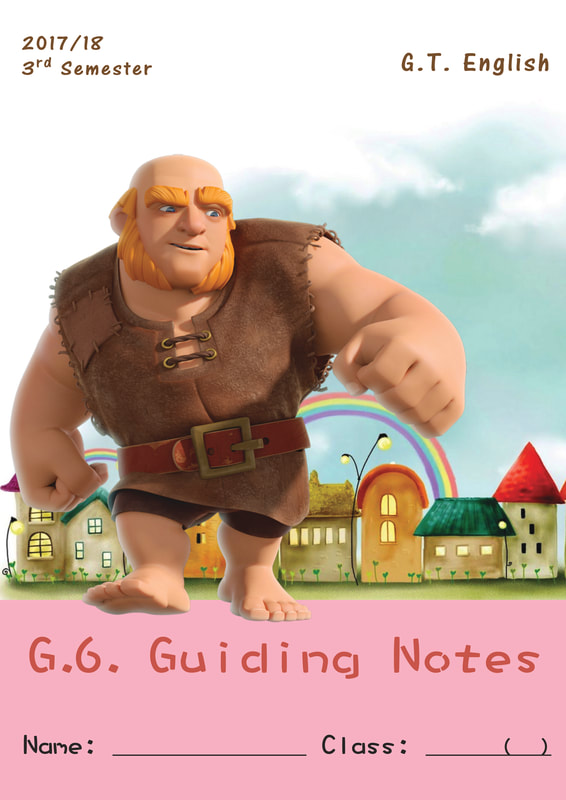1) Download the PowerPoint to view. You will need to click an orange rectangle at the top of the PowerPoint screen to 'enable' all content.
2) The Quizlet will help you to learn the onomatopoeic vocabulary used in the lesson.
3) Weather Sounds will help you come up with sound words for the poem writing exercise the following week. You can use google to find more weather related sound words.
2) The Quizlet will help you to learn the onomatopoeic vocabulary used in the lesson.
3) Weather Sounds will help you come up with sound words for the poem writing exercise the following week. You can use google to find more weather related sound words.
1) Pdf file containing the Guiding Notes pages of the lesson.
2) Useful information and suggestions for writing a sound poem.
3) You will need to have a piece of paper handy to write down your ideas as you listen to the different sounds in the Interactive onomatopoeia Activity. Some words that might come in handy (in no particular order) are: zoom, wham, tinkle, tap tap, glug-glug, clink-clink, pitter patter, drip-drop, and there are many more possibilities.
2) Useful information and suggestions for writing a sound poem.
3) You will need to have a piece of paper handy to write down your ideas as you listen to the different sounds in the Interactive onomatopoeia Activity. Some words that might come in handy (in no particular order) are: zoom, wham, tinkle, tap tap, glug-glug, clink-clink, pitter patter, drip-drop, and there are many more possibilities.
This video is a reading by me of the poem we are studying with some discussion of its 'meaning' and with the way language is used to achieve the striking effect of it being a 'sound photograph' of the passing of a rainstorm. The poem 'weather' uses words in a number of ways to paint this sound image. Traditional onomatopoeias such as 'dot', 'clatter' and 'slosh' are used and also many words that are not onomatopeias, like 'fleck' freckling and umbrella are used in such a way as to also be considered sound words in this poem. Additionally, Merriam uses a variety of rhyme types, including, alliteration, (spick, spack, speck) and assonance (A spAtter, A clAtter, A wet cAt, A clAtter.) & syllabic rhyme (slither and slather) to create a playful and expressive soundscape.
This video highlights in a fun way the fact that onomatopoeias are different in different cultures. For example, the most common way to describe the sound of a gun being fired in English is 'bang, bang!' but I usually here my Hong Kong students making a sound like 'pew, pew!'





